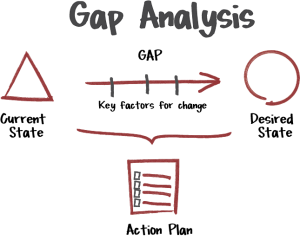
A Product Manager creating and maintaining documentation for new and existing features is just as important as those who maintain documentation in other roles especially developers.
Whether you use Confluence or other documentation software, having documentation makes it easy to provide context and clarity around the importance of getting after a particular feature whether it’s to the development teams or stakeholders.
When a new feature / problem / idea has cropped up, it becomes very useful to start documenting elements before any development effort is spent creating user stories or getting Product Backlog Items (PBIs) in a ‘ready‘ state. The key elements being:
- One line description about what the feature is
- Tagging in contacts eg. Product Manager, Technical Architect, Scrum Master, Stakeholders etc
- Problem / Value including metrics / data
- High-level requirements
- ‘As Is‘ and ‘To Be‘ flows which indicates where the gaps are
- Competitor analysis if relevant
- Actions / Next Steps
- Technical details
- Identifying and Tagging in dependencies
Having ‘As Is’ (Current State) and ‘To Be’ (Desired State) flows is a great way of clearly identifying where the gaps are, where you need to get to, what your competitors are doing in addition and what you need to do to get to your desired state. Having requirements visualised in this way also provides clarity of what you’re looking to achieve and becomes an easy way to digest and collaborate on the requirements vs. a long list of written requirements.
Spending time documenting the analysis of the idea / problem will help get the idea to a customer as efficiently as possible, providing clarity to the stakeholders and developers as to the ‘what‘ and ‘why‘.
[…] operates depends on identifying any performance gaps. You cannot improve what you cannot see. Gavin Deadman at Intelligent Online says as-is and to-be analysis is effective not only in identifying gaps […]
LikeLike